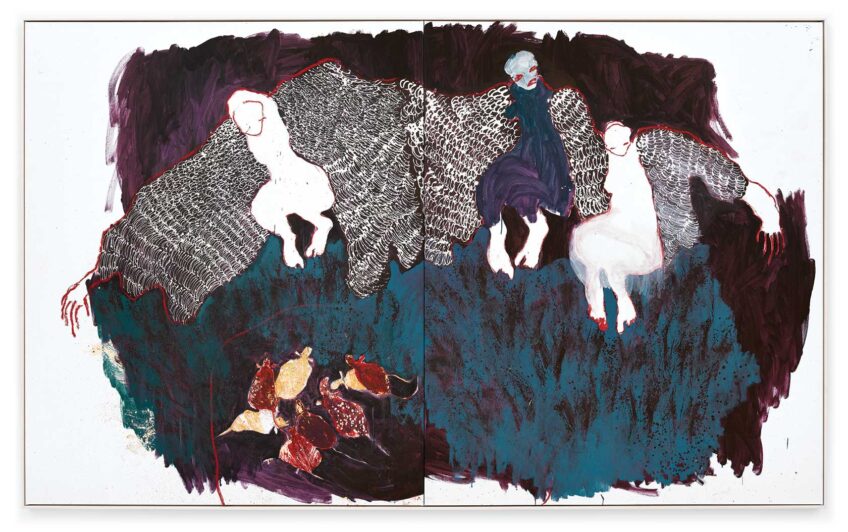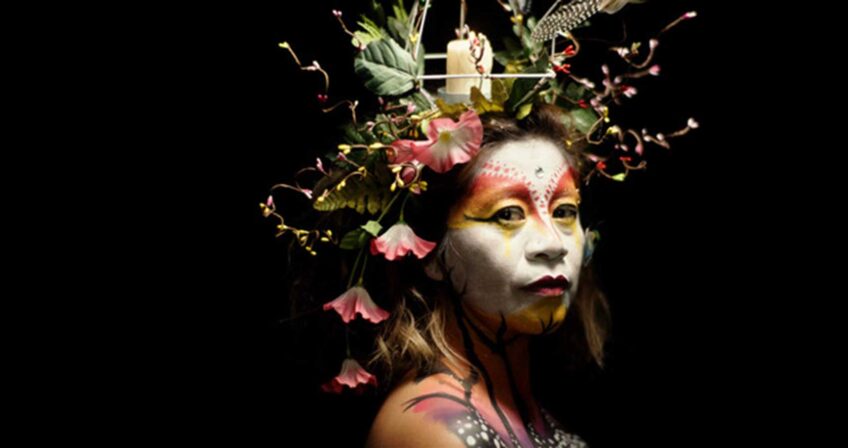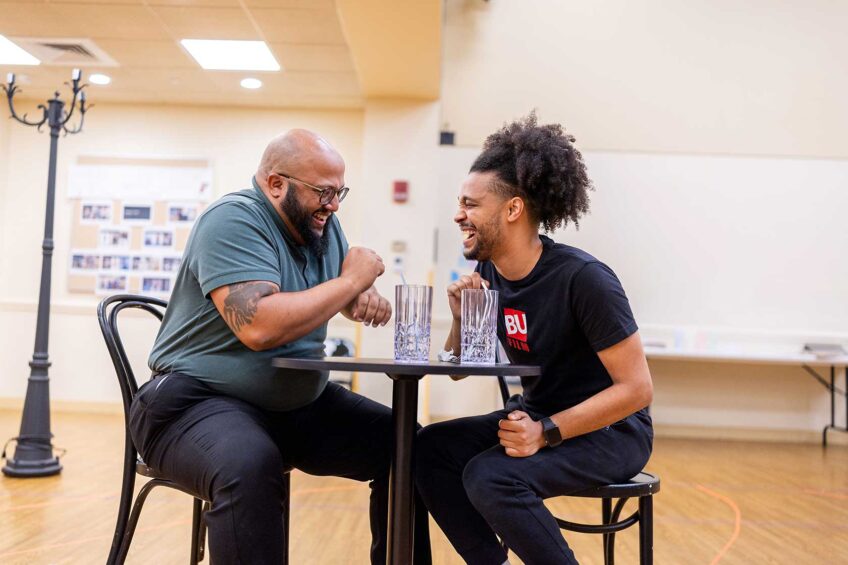Disabling Prejudice: Abilities Dance Boston reinterprets Stravinsky’s ‘Firebird’ ballet

On May 14 and 15, Abilities Dance premieres a completely reimagined “Firebird” ballet created by an all-BIPOC (Black, Indigenous and People of Color) team and performed by a group of performers both in and outside of the disability community. The production will be streamed live from the Wimberly Theatre at the Calderwood Pavilion.
“The Firebird” is an orchestral ballet composed by Igor Stravinsky in 1910. The story follows Prince Ivan, who is whisked away from a hunting trip to a magical realm where he hunts the illusive Firebird. With the Firebird’s help, he embarks on the rescue of 13 princesses who are held under the spell of a ruthless captor.
“I’ve seen the classical ballet and I’ve seen the limited views of the folks who were telling that story,” says Ellice Patterson, Abilities Dance founder and executive and artistic director. “I’ve always loved the Firebird ballet, and I wanted to re-create a story that was more inclusive.”
Abilities Dance is a Boston-based nonprofit that uses dance to promote intersectional disability rights. Dancers might be deaf, visually impaired, using wheelchairs or operating with other disabilities. Abilities Dance provides a space for these talented performers to practice their art, an opportunity most traditional dance companies don’t offer.
This “Firebird” adaptation utilizes a completely new score composed by Abilities Dance Director of Music Andrew Choe and celebrates the movements and identities of the performers. Patterson says that a big part of the process was identifying the needs of each dancer, whether that meant using captions, repeating information to fight brain fog or crafting choreography with wheelchairs. The process may differ from traditional choreographing, but the result is equally as professional and equally as powerful.
Antoine Hunter, who plays the Prince in the ballet, is deaf and disabled. A lifetime artist working in a variety of performance styles and educational platforms, Hunter is also the founder and artistic director of Urban Jazz Dance, a California-based company that features a mix of deaf and hearing artists. Hunter uses the feeling of the beat of the music to guide his performances and sometimes utilizes technological tools to enhance that feeling.
It’s important to him that audience members receive the underlying message of the show — disabled people can be empowered and talented artists, and they should be valued and treated as equally as abled people. “Just because you can hear, doesn’t mean you know how to listen,” says Hunter. “I hope that people take the time to fully listen to the art that we share.”
In this production, Patterson hopes to further that mission by illustrating the power of a performance that utilizes dancers of all types.
“Art has always influenced culture and various social justice movements,” says Patterson. “Through creating a ballet meant to include all through a disability justice lens, we hope this can influence our community to support intersectional disability justice and dismantle the various inequities we face.“









